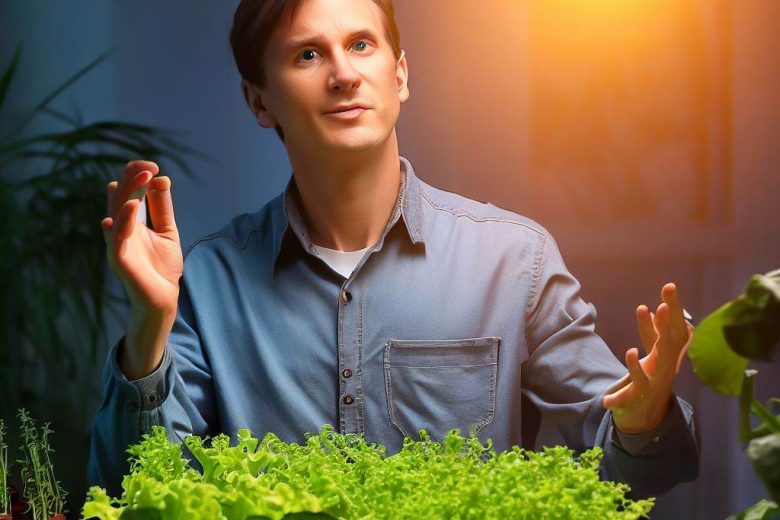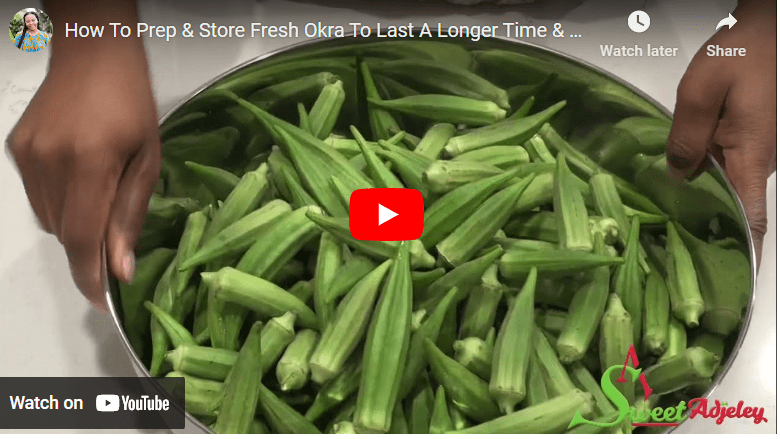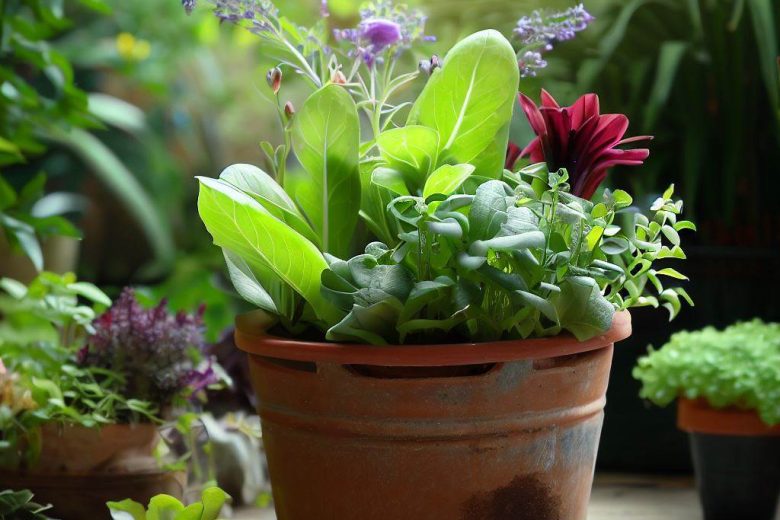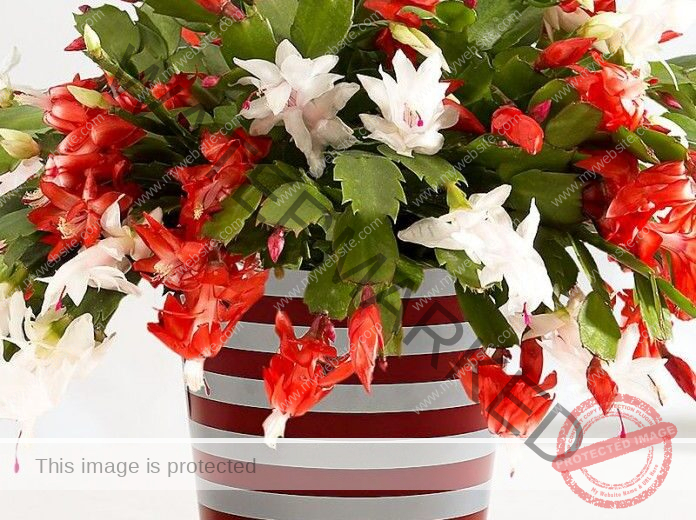In today’s fast-paced world, the desire for fresh and home-grown vegetables is increasing, even for those without outdoor garden space. Fortunately, growing vegetables indoors with the help of artificial light is a fantastic solution. Not only does it provide you with a steady supply of nutritious produce, but it also adds a touch of greenery to your indoor space.
How to grow vegetables indoors with light. Step-by-step guide
Step 1: Choosing the Right Vegetables
One of the most critical aspects of indoor vegetable gardening is selecting the right vegetables to grow. Not all vegetables thrive indoors, so it’s essential to opt for varieties that can adapt to limited space and controlled environments. Cherry tomatoes, leafy greens like spinach and lettuce, compact herbs like basil and parsley, and dwarf pepper varieties are excellent choices. Research the specific requirements of each vegetable to ensure successful growth.
Read Also: 20 Easiest Herbs To Grow Indoors [Beginner’s Guide]
Step 2: Selecting the Ideal Indoor Location
Choosing the right spot for your indoor garden is crucial. If you have a south-facing window that receives plenty of sunlight, that’s ideal. However, if natural light is inadequate, you’ll need to rely on artificial lighting. When setting up your indoor garden, consider factors like proximity to electrical outlets and the availability of a light source that can be easily adjusted to the right height.
Step 3: Gathering Necessary Supplies
Before you start planting, gather all the necessary supplies. This includes pots or containers with drainage holes to prevent waterlogging, high-quality potting soil that provides adequate drainage and nutrients, seeds of your chosen vegetables, plant markers for identification, and trays or containers for germinating seeds. Having everything ready will streamline the planting process.
Read Also: 25 Best Indoor Vegetable Garden System
Step 4: Setting Up the Growing Area
Creating an organized growing area is essential for successful indoor gardening. Arrange your pots or containers in a way that allows each plant enough space to grow without crowding. Adequate spacing ensures that each plant receives enough light, air circulation, and room to develop its root system.
Step 5: Choosing the Right Light Source
Artificial lighting is a cornerstone of successful indoor vegetable gardening. LED grow lights are the preferred choice due to their energy efficiency and ability to emit the full spectrum of light needed for plant growth. When selecting LED grow lights, consider factors such as light intensity, color temperature, and coverage area. Hang the lights at the appropriate height to ensure even light distribution.
Read Also: [Beginners Guide] How Long Does It Takes Arugula To Grow?
Step 6: Understanding Light Requirements
Different vegetables have varying light requirements. Leafy greens typically require less light compared to fruiting plants like tomatoes or peppers. Research the specific light needs of the vegetables you’re growing and adjust the light duration accordingly. Providing the right amount of light is essential for photosynthesis and healthy growth.
Step 7: Germinating Seeds
Start your indoor garden by germinating seeds. Fill seed trays or small pots with a moistened seed-starting mix. Plant the seeds according to the instructions on the seed packets. Cover the trays with plastic wrap or a clear dome to create a mini greenhouse environment that retains moisture and warmth. Place the trays in a warm location to encourage germination.
Read Also: Top 50 Fast Growing Fruits In Pots
Step 8: Transplanting Seedlings
Once your seedlings have developed their first true leaves, they’re ready for transplanting into larger pots. Gently loosen the soil around the seedlings and carefully lift them out. Plant each seedling in its own pot, making sure not to bury the stem too deep. Use regular potting soil and water the seedlings immediately after transplanting.
Step 9: Providing Adequate Watering
Watering is a critical aspect of indoor gardening. Check the moisture level of the soil regularly by inserting your finger about an inch deep. Water the plants when the top inch of the soil feels dry. Avoid overwatering, as it can lead to root rot. Ensure that your pots have drainage holes to prevent water from accumulating at the bottom.
Read Also: 25 Easiest Vegetables to Grow in Pots
Step 10: Applying Fertilizers
Indoor plants rely on you for their nutrients, so fertilization is essential. Use a balanced, water-soluble fertilizer to provide essential nutrients to your plants. Follow the manufacturer’s instructions for the appropriate dosage and frequency of application. Be careful not to over-fertilize, as this can harm your plants.
Step 11: Pruning and Training Plants
To promote healthy growth and maximize yield, consider pruning and training your indoor plants. Pinch back the tips of your plants when they have several sets of leaves. This encourages bushier growth and prevents leggy, straggly plants. For vining plants like tomatoes, provide support with stakes, cages, or trellises to help them grow vertically.
Step 12: Monitoring for Pests and Diseases
Regular monitoring is essential to catch and address pest and disease issues early. Inspect your plants regularly for signs of pests such as aphids, spider mites, or whiteflies. If you notice any pests, consider using natural remedies like neem oil or insecticidal soap. Proper ventilation and spacing can also help prevent disease outbreaks.
Read Also: How Long Does It Take for Raspberries to Grow? [10 Tips To Grow Faster]
Step 13: Harvesting Your Indoor Vegetables
The joy of indoor gardening culminates in harvesting your home-grown vegetables. Harvesting times vary depending on the type of vegetable you’re growing. Leafy greens can be harvested when they reach a desirable size, while fruiting vegetables like tomatoes should be picked when they’re fully ripe. Use clean, sharp scissors or pruners to avoid damaging the plants.
Step 14: Troubleshooting Common Issues
Indoor gardening comes with its share of challenges, but most issues have solutions. If you notice yellowing leaves, it could indicate nutrient deficiencies or overwatering. Wilting could be a sign of underwatering or root problems. Research the specific symptoms your plants are displaying and adjust your care routine accordingly.
Read Also: How Fast Do Strawberries Grow? 10 Tips to Boost Growth
Can You Grow Vegetables Indoors with LED Lights?
Yes, you can successfully grow vegetables indoors with the use of LED lights. LED (Light Emitting Diode) lights have gained popularity as an effective light source for indoor gardening. They emit specific wavelengths of light that plants need for photosynthesis. Unlike traditional incandescent or fluorescent lights, LEDs produce light in a narrow spectrum, which can be tailored to meet the exact needs of plants.
LED grow lights are highly efficient and produce minimal heat, making them an ideal choice for indoor gardening. They also have a longer lifespan compared to other types of lights, reducing the need for frequent replacements. With proper positioning and light intensity, LED grow lights can provide the necessary light energy for your indoor vegetables to thrive.
What Type of Light is Best for Growing Vegetables Indoors?
When it comes to indoor vegetable gardening, the type of light you choose is crucial for the success of your plants. While natural sunlight is the best option, it’s not always available or sufficient, especially during the winter months or in locations with limited sunlight. In such cases, artificial light sources, particularly LED grow lights, provide an effective solution.
LED grow lights are considered the best choice for growing vegetables indoors due to several advantages:
Efficiency: LED lights are energy-efficient and convert a higher percentage of energy into usable light for plants. This efficiency translates to lower electricity bills and reduced heat emission.
Spectrum Control: LED grow lights can be customized to emit specific wavelengths of light that plants need for different growth stages. This means you can tailor the light spectrum to match the requirements of various vegetables, promoting optimal growth and yield.
Low Heat Emission: Unlike traditional incandescent or fluorescent lights, LED grow lights emit very little heat. This prevents the risk of overheating your plants and allows you to position the lights closer to the foliage without causing damage.
Long Lifespan: LED lights have a longer lifespan compared to other lighting options. A single LED grow light can last for thousands of hours, reducing the need for frequent replacements.
Space Efficiency: LED grow lights are compact and can be mounted closer to plants, maximizing the use of vertical space in your indoor garden.
The best light for growing vegetables indoors is a light source that closely mimics the spectrum of natural sunlight. Sunlight consists of a range of wavelengths, including blue and red light, which are essential for photosynthesis. LED grow lights offer the advantage of being able to provide the specific spectrum of light that plants need for different growth stages.
For optimal vegetable growth, consider the following light spectrum characteristics:
Blue Light: Blue light with a wavelength of around 400-500 nanometers is crucial for vegetative growth, promoting healthy leaf development and strong stems.
Red Light: Red light with a wavelength of around 600-700 nanometers is essential for flowering and fruiting stages. It encourages the production of flowers, fruits, and vegetables.
Full Spectrum: While blue and red light are fundamental, a full spectrum LED grow light that includes other wavelengths like green and yellow can contribute to overall plant health and development.
By providing a balanced combination of blue and red light, LED grow lights create an environment that supports the growth of indoor vegetables throughout their lifecycle.
Best Grow Lights for Indoor Vegetables
When it comes to selecting the best grow lights for indoor vegetables, LED grow lights stand out as a top choice. These lights are specifically designed to provide the optimal spectrum of light for plant growth and development. Here are some factors to consider when choosing the best LED grow lights for your indoor garden:
Light Spectrum: Look for LED grow lights that offer a full spectrum of light, including blue and red wavelengths. This ensures that your plants receive the light they need for all growth stages.
Wattage and Coverage: Consider the wattage and coverage area of the LED grow lights. Make sure the lights can cover the entire growing area and provide sufficient intensity for your vegetables.
Adjustable Height: Opt for LED grow lights with adjustable height settings. This allows you to maintain the appropriate distance between the lights and your plants as they grow.
Energy Efficiency: Choose LED grow lights that are energy-efficient. These lights consume less electricity while providing high-quality light for your plants.
Durability: Look for lights that are well-built and durable. LED grow lights with a longer lifespan will save you money in the long run.
Light Cycle for Growing Vegetables Indoors
Establishing the right light cycle for your indoor vegetables is essential for their health and productivity. The light cycle refers to the number of hours your plants are exposed to light each day. As a general guideline, most indoor vegetables benefit from a light cycle of 12 to 16 hours of light followed by 8 to 12 hours of darkness.
To determine the best light cycle for your specific vegetables, consider their natural growth habits and light requirements. Leafy greens and herbs typically thrive with 12 to 14 hours of light, while fruiting plants like tomatoes may benefit from longer light exposure of 14 to 16 hours.
Using a timer to automate your light cycle ensures that your plants receive consistent light exposure, which is crucial for maintaining their growth rhythm and preventing stress.
Vegetables You Can Grow Indoors in the Winter
Indoor gardening offers the opportunity to continue growing vegetables even during the winter months when outdoor conditions are less favorable. Some vegetables that are well-suited for indoor winter gardening include:
Leafy Greens: Varieties like spinach, kale, and lettuce thrive in indoor environments with controlled temperatures and light.
Herbs: Basil, parsley, mint, and other herbs can be grown indoors year-round, providing fresh flavors for your dishes.
Radishes: These root vegetables have a relatively short growing period and can be grown in containers indoors.
Microgreens: Microgreens are young, nutrient-packed seedlings of various vegetables and herbs. They grow quickly and can be harvested within a few weeks.
Carrots: While challenging, some varieties of carrots can be grown indoors in deep containers with sufficient light.
Best LED Grow Lights for Vegetables
Selecting the best LED grow lights for your vegetables involves considering factors like light spectrum, wattage, coverage area, and adjustability. Some top-rated LED grow lights for vegetables include:
Spider Farmer SF-1000 LED Grow Light: This light offers a balanced spectrum, energy efficiency, and a compact design suitable for smaller indoor gardens.
MARS HYDRO TS 1000W LED Grow Light: Known for its full spectrum output and high PAR value, this light is excellent for various growth stages of vegetables.
VIPARSPECTRA 600W LED Grow Light: With a well-balanced spectrum and adjustable brightness, this light is suitable for a range of vegetables.
Roleadro LED Grow Light: This light is budget-friendly and provides a full spectrum suitable for vegetable growth.
How long should I keep the grow lights on for my indoor vegetables?
The light duration varies depending on the vegetable type. Generally, 12 to 16 hours of light per day is recommended for most indoor vegetables.
Can I use regular household light bulbs for growing vegetables indoors?
Regular household light bulbs are not suitable for plant growth. Invest in specialized LED grow lights that emit the right spectrum of light for photosynthesis.
Do I need to pollinate indoor vegetable plants like tomatoes?
Yes, if you’re growing plants that require pollination, like tomatoes or peppers, gently shake the plants or use a small brush to transfer pollen between flowers.
Is it possible to grow root vegetables, like carrots, indoors?
While it’s challenging to grow root vegetables like carrots indoors due to their need for deep soil, you can try using deep containers and providing ample light.
How can I prevent mold and mildew from developing in my indoor garden?
Ensure proper air circulation by spacing out your plants appropriately. Avoid overwatering and maintain consistent humidity levels to prevent mold and mildew growth.
Conclusion
indoor vegetable gardening with LED lights is a rewarding and feasible way to enjoy fresh produce year-round. By following the steps outlined in this guide and choosing the best LED grow lights for your specific needs, you can create a thriving indoor garden that brings the joy of gardening into your home, no matter the season.




